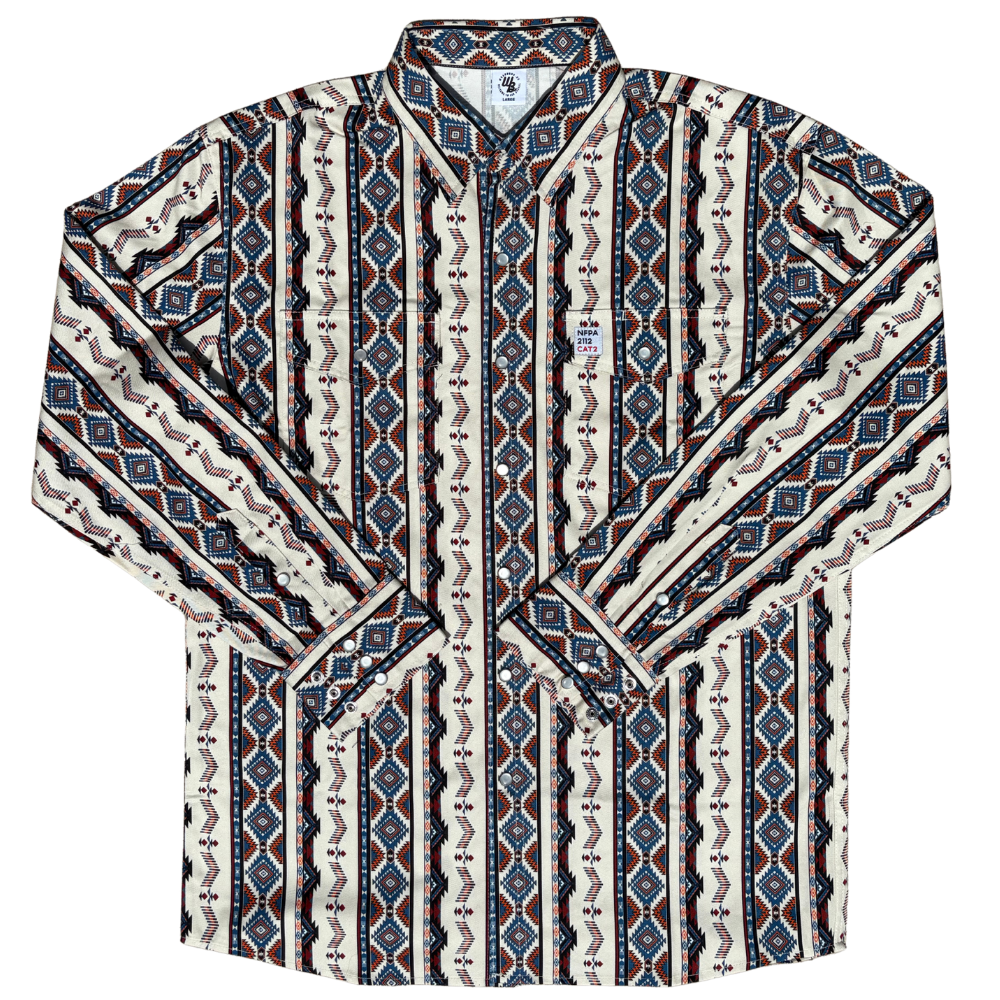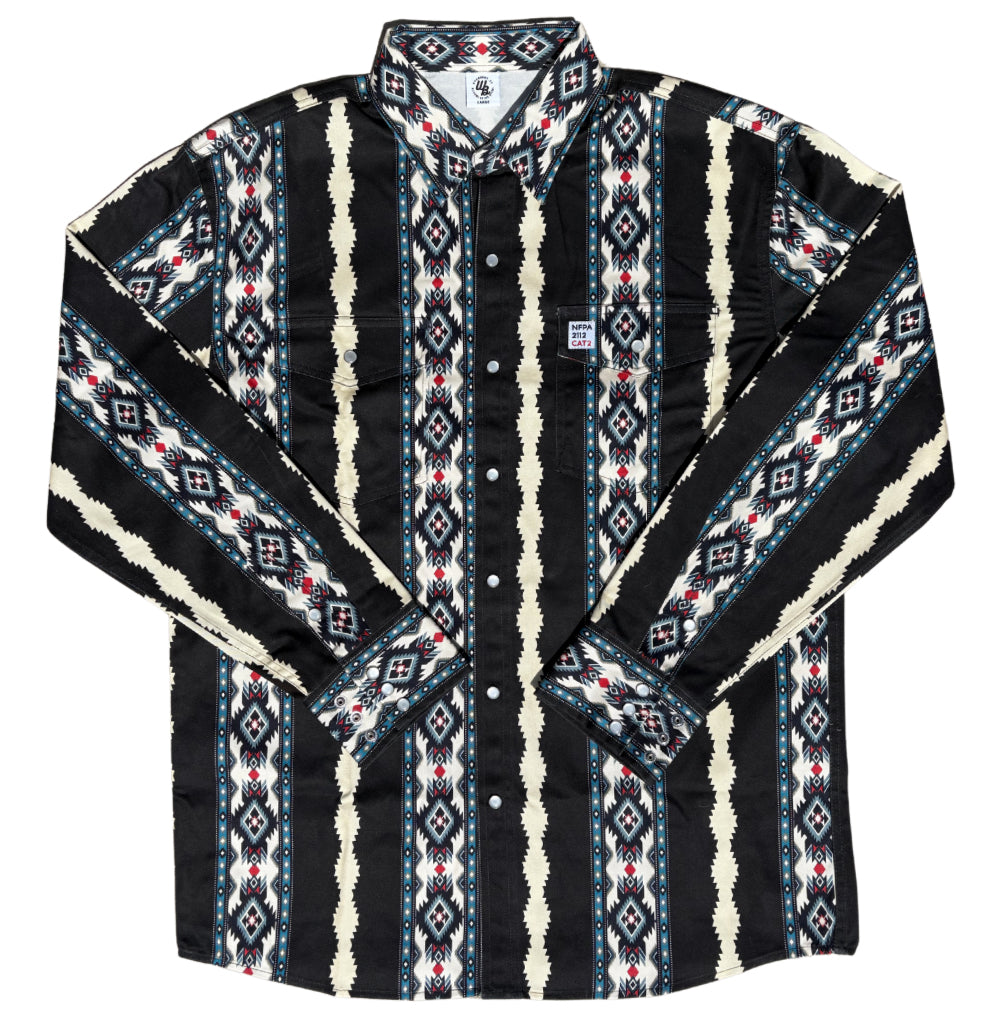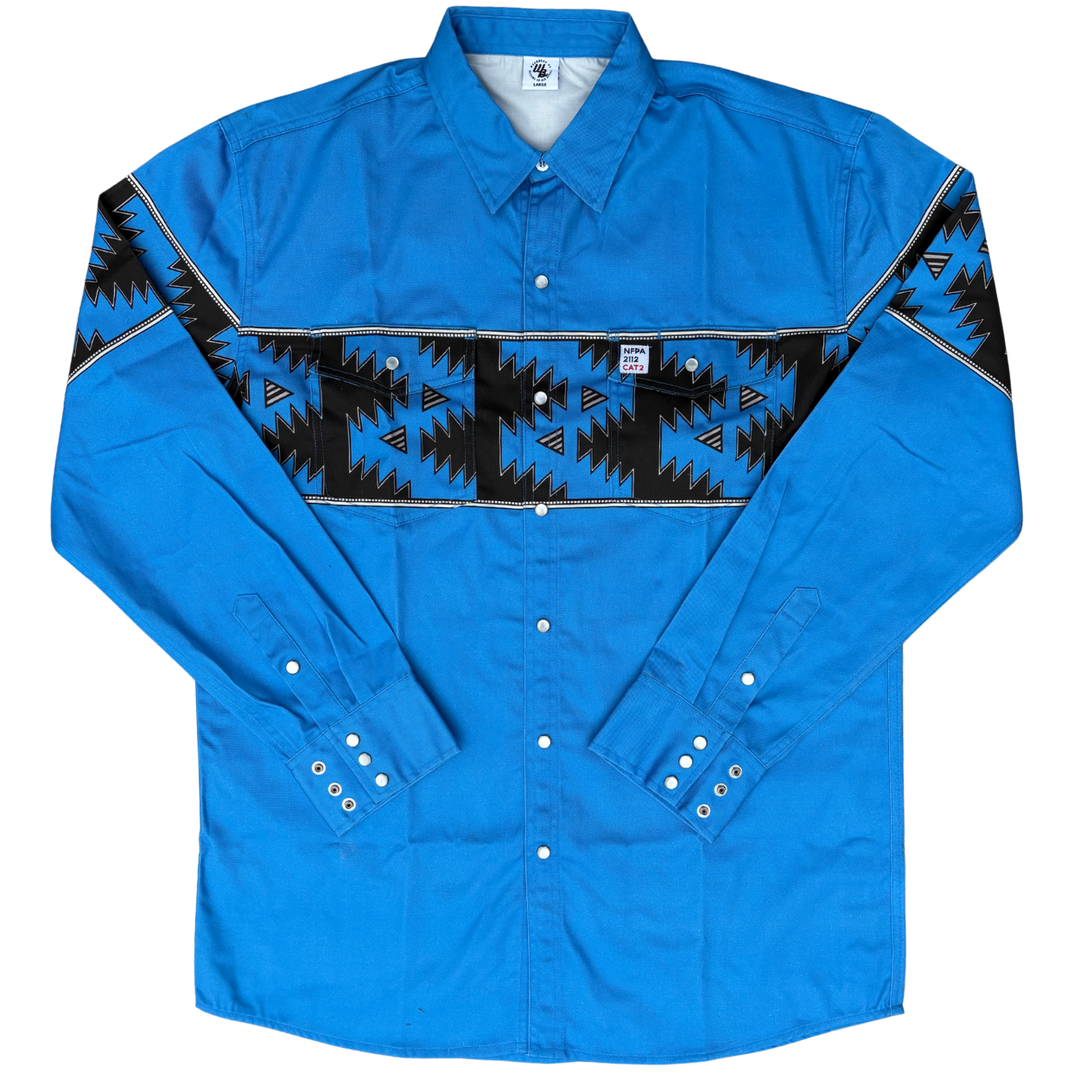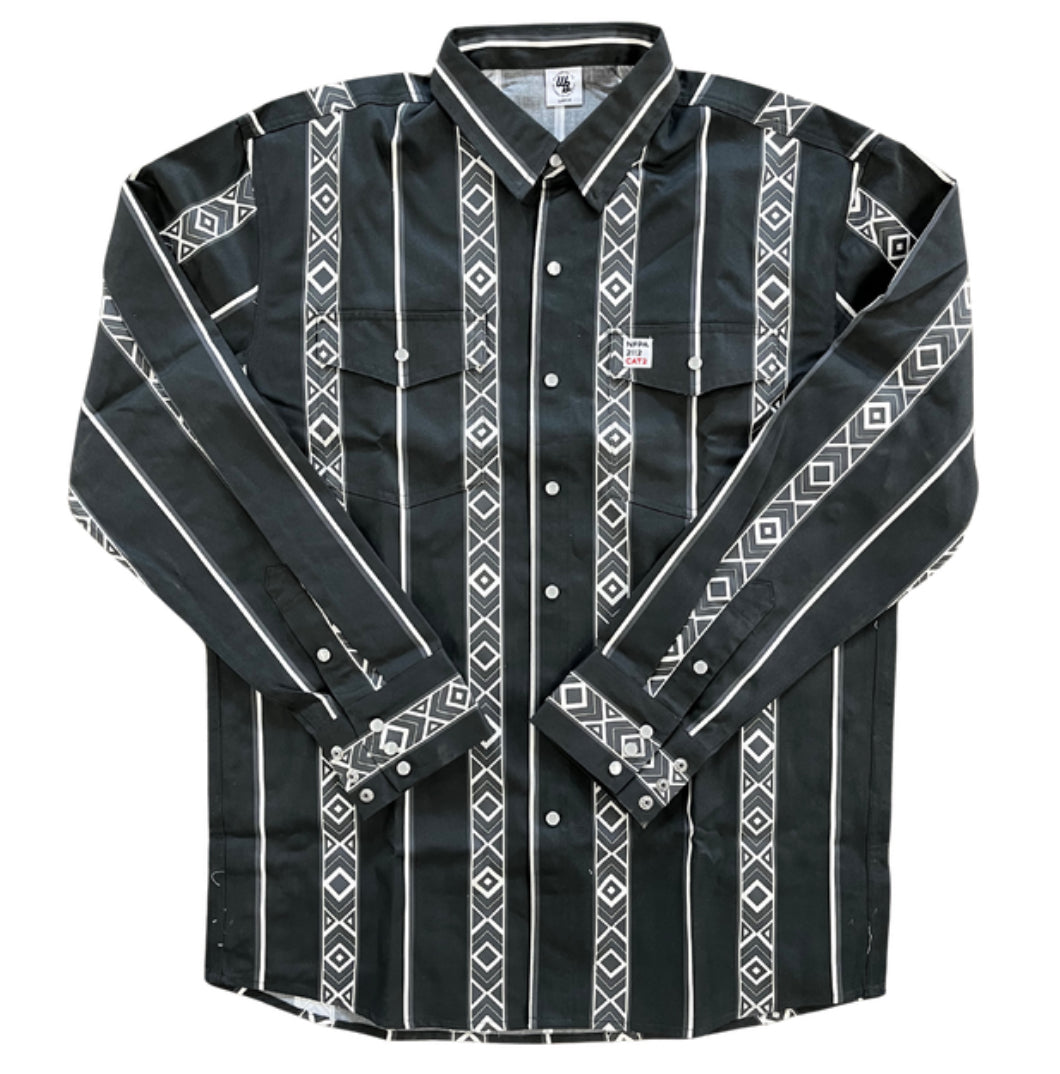5 Mistakes That Ruin FR Clothing Fast
Flame-resistant (FR) clothing is critical for jobsite safety. Its ability to protect you depends on correct maintenance. These are the five most common mistakes that reduce the effectiveness of FR garments and how to avoid them.
1. Using Bleach, Fabric Softener, or Harsh Chemicals
-
Why it matters: Chlorine bleach, fabric softeners, starch, and harsh detergents can damage the fibers or treatment that make FR clothing flame-resistant. This reduces the garment’s ability to self-extinguish when exposed to heat or sparks.
-
Fabric softener hazard: Fabric softeners leave a waxy or oily coating on fibers to make them feel softer. This layer can:
-
Interfere with the FR treatment.
-
Increase flammability by creating a surface that ignites more easily.
-
Trap oils and contaminants that further raise ignition risk.
-
-
What to do instead: Use a mild detergent that is free from bleach, softeners, and fragrances. For stains, use an FR-safe stain remover or soak in warm water before washing.
2. Washing at High Temperatures or Over-Drying
-
Why it matters: Excessive heat can shrink and weaken FR fibers, fade colors, and shorten garment life. High dryer heat can also damage FR coatings.
-
What to do instead: Wash in warm water (maximum 115°F / 60°C). Tumble dry on low heat or hang dry. Iron only on low heat if necessary.
-
Cold wash benefit: For garments that aren’t heavily soiled, cold water washing helps preserve fabric strength, prevent shrinkage, and extend the life of the FR treatment.
3. Skipping Pre-Treatment for Stains and Contamination
-
Why it matters: Oils, grease, and fuel residues can act as ignition sources if they remain in the fabric, even in small amounts.
-
What to do instead: Pre-treat soiled areas with an FR-safe stain remover or soak before washing. If stains remain after washing, remove the garment from service immediately.
4. Ignoring the Care Label or Washing FR Clothing with Non-FR Items
-
Why it matters: Each FR garment may have specific washing requirements. Mixing FR gear with heavy or abrasive fabrics can cause wear, pilling, or abrasion damage.
-
Inside-out washing: Turning FR clothing inside-out reduces surface wear and helps maintain appearance over time. It also helps limit fading from repeated washes.
-
What to do instead: Follow the care label instructions exactly. Wash FR garments separately, inside-out, and with softened or conditioned water to prevent mineral buildup.
5. Not Inspecting Clothing for Wear or Damage
-
Why it matters: Even minor damage—burn holes, frayed seams, thinning spots, or permanent contamination—reduces protective performance.
-
What to do instead: Inspect FR garments regularly for signs of wear. Replace any garment with visible damage, contamination that can’t be removed, or deterioration of the fabric’s strength.
Summary Table
| Mistake | Why It’s a Problem | Correct Practice |
|---|---|---|
| Using bleach, fabric softener, harsh chemicals | Degrades FR fibers, increases flammability | Use mild, FR-safe detergent; never use softeners or bleach |
| Washing at high temperatures or over-drying | Weakens fibers, reduces FR performance | Wash ≤140°F or cold; tumble dry low or hang dry |
| Skipping pre-treatment | Residues can ignite | Pre-treat stains; retire contaminated garments |
| Ignoring care label or mixing loads | Can damage or contaminate FR fabric | Follow label; wash inside-out and separately |
| Not inspecting garments | Worn or damaged fabric offers less protection | Inspect regularly; replace when compromised |
Final Notes
Proper care preserves FR clothing performance and extends its service life. Follow care instructions, avoid harmful laundry additives, manage wash temperatures, and inspect garments regularly.
Upgrade and maintain your gear with the WoahBros FR Shirt Collection for reliable, compliant flame-resistant protection on every job.













